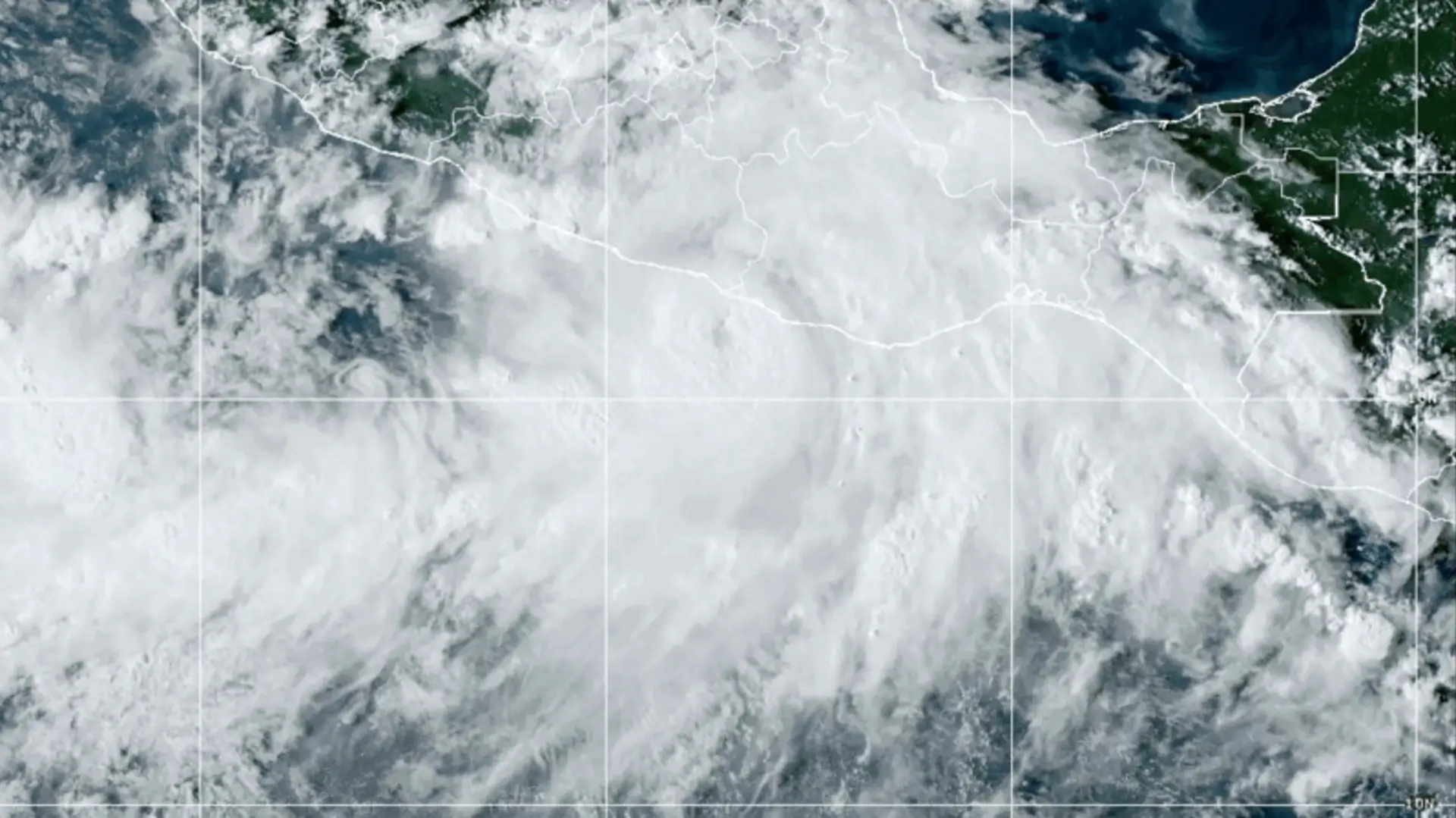MARQUELIA, Mexico – Two people have died after Hurricane John swept across Mexico’s southern Pacific coast, ripping roofs off some homes, causing landslides and toppling dozens of trees, authorities said Tuesday.
John strengthened into a major hurricane within hours and made landfall Monday night about 75 miles (120 kilometers) east of Acapulco before becoming a tropical storm, moving inland and disintegrating around midday.
The U.S. National Hurricane Center warned, however, that heavy rains that could cause flash flooding were still expected in southern and southwestern Mexico for several days.
The remnants of the storm were still packing maximum sustained winds of 35 mph (55 kilometers per hour) about 70 miles (115 kilometers) northwest of Acapulco in a mountainous area.
Evelyn Salgado, governor of the coastal state of Guerrero, reported two deaths Tuesday morning “due to a landslide at their home” in the mountain town of Tlacoachistlahuaca, 100 km from the coast and 220 km west of Acapulco, a tourist destination that was hit hard last year by Hurricane Otis.
There were no further reports of victims or injuries so far, but the governor acknowledged that, in the morning, there were still remote places with which they had not been able to have communication.
John made landfall near the town of Punta Maldonado late Monday night as a Category 3 hurricane with maximum sustained winds of 190 km/h (120 mph).
“The hurricane hit hard,” said Lincer Casiano Clemente, mayor of Marquelia, one of the closest coastal towns to where John made landfall, in a video posted early on social media.
On Tuesday morning, with one area of the municipality still to be explored, the mayor told AP in a telephone conversation that there were no reports of victims because all the residents were able to be notified in time so that they could take shelter, although they were left without electricity and without a telephone signal.
“We had never experienced such strong gusts,” she added. “We took shelter at home, some doors and some trees fell.”
The wind affected poles and houses made of sheet metal, but there were only “flooded areas, material damage, roads cut off by trees.”
On Tuesday morning, the population continued without electricity. Its inhabitants began to go out into the street to look for food and there were lines at some stores, while the authorities tried to clean the streets and roads of the small coastal town.
Laura Velazquez, national coordinator of Civil Protection, indicated that some 100,000 users in several municipalities in the impact zone of John were temporarily left without electricity or telephone and that on Tuesday more than 16,000 soldiers were already deployed to assist the affected areas.
“Look for the higher parts, protect yourselves and do not forget that the most important thing is life; material things are replenished. We will be watching,” warned the president of Mexico, Andres Manuel Lopez Obrador, on the social network X at night.
The governments of the states of Guerrero and Oaxaca announced the suspension of classes in various coastal areas.
The unexpected strengthening on Monday caught scientists, authorities and residents of the area off guard, something that meteorologist Matt Benz of AccuWeather attributed to a higher temperature on the ocean surface, which contributes to hurricanes gaining greater strength.
As a result, the sudden increase in the intensity of these phenomena has become increasingly common, he said.
“These are storms that we really have not experienced before,” he said. “Rapid intensification has occurred more frequently in modern times, compared to historical records. This tells us that something is going on there.”
Benz expressed concern that the storm could slow down once it makes landfall and become static over the coastline, potentially causing even more damage.
The storm’s presence is bad news for the region, which suffered severe damage last year from a hurricane that also intensified suddenly.
Hurricane Otis devastated Acapulco, where residents had little warning of the strength of the storm about to hit them. Scientists said Otis — one of the fastest-intensifying hurricanes on record — was a result of changing weather conditions.
Otis caused power outages in the city for days, leaving bodies strewn along the coast and desperate relatives searching for loved ones. Much of the city was plunged into lawlessness, with thousands of people looting stores and struggling to obtain water and food.
The Lopez Obrador administration was harshly criticized for its slow response to Otis. Authorities have since pledged to act quickly.
President-elect Claudia Sheinbaum said her government plans to work on improving an early warning system, similar to the one the country already has for detecting earthquakes.
